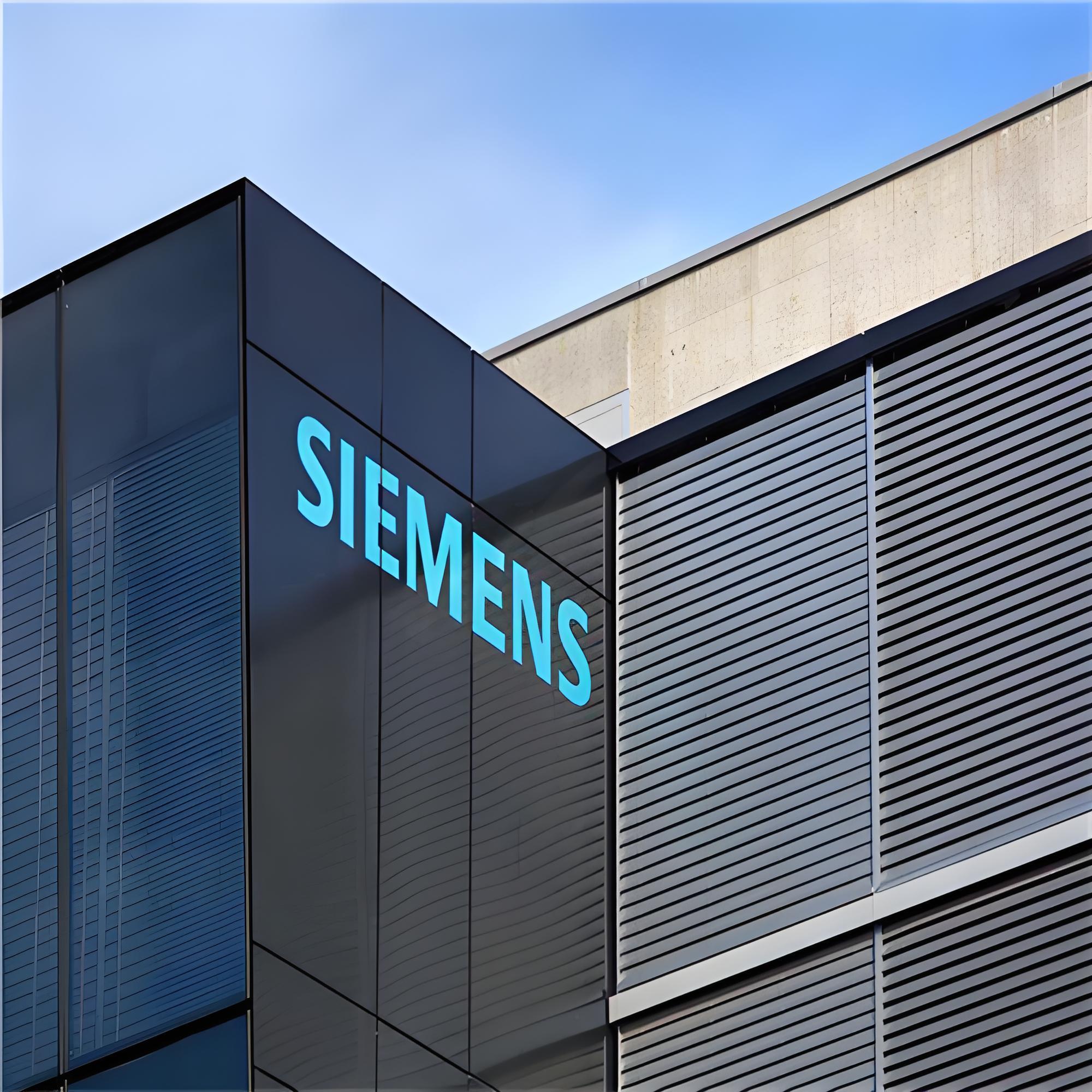Advantages of Siemens frequency converters
High-performance vector control technology: Siemens frequency converters use high-performance vector control technology to provide high-torque output at low speeds and good dynamic characteristics. They are suitable for various load changes and are widely used in various industrial fields12.
Published Time
2024-12-11

The advantages of Siemens frequency converters mainly include the following aspects:
High-performance vector control technology: Siemens frequency converters use high-performance vector control technology to provide low-speed, high-torque output and good dynamic characteristics. They are suitable for various load changes and are widely used in various industrial fields.
Stable performance and rich combined functions: Siemens frequency converters are known for their stable performance and rich combined functions, providing comprehensive automation solutions.
High-performance vector control technology: This technology not only improves the control accuracy and response speed of the frequency converter but also makes it perform excellently in various industrial applications.
Low-speed, high-torque output and good dynamic characteristics: Siemens frequency converters can provide high-torque output at low speeds and perform well during dynamic changes, suitable for industrial applications that require frequent starts and stops.
Ultra-strong overload capacity and innovative BiCo function: Siemens frequency converters have ultra-strong overload capacity, capable of withstanding high loads for short periods. Their innovative BiCo (internal function interconnection) function further enhances system flexibility and reliability.
Easy debugging: Siemens frequency converters provide wizard functions and various debugging tools, making the debugging process simple and quick. Debugging can be completed without professional knowledge.
Strong scalability and communication capabilities: Siemens frequency converters are equipped with multiple communication interfaces and can be easily integrated into automated environments. They support multiple communication protocols such as PROFIBUS DP, PROFINET, and EtherNET/IP, suitable for building control, process control, and automation systems.


